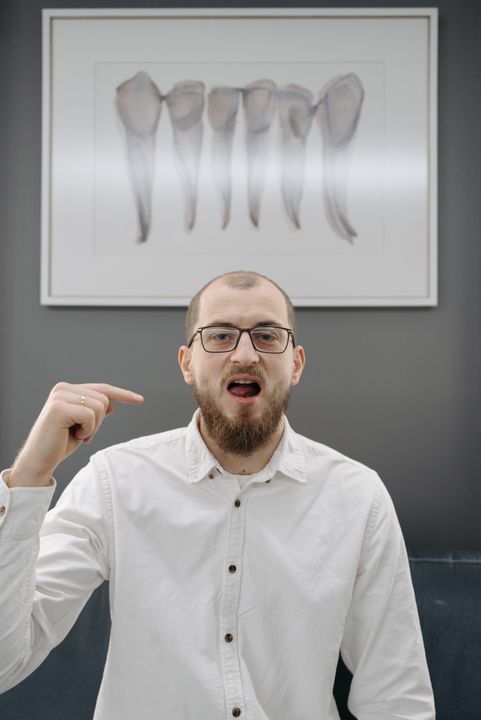Root canal therapy is a dental procedure that aims to save a damaged or infected tooth by removing the pulp and nerve from inside the tooth’s root canals. Despite its reputation as a painful procedure, modern dental techniques have made it much more bearable and effective. At Lady Bird Dental in Austin, Dr. Dudeen specializes in providing root canal therapy to patients who need it.
In this blog post, we will discuss the signs and symptoms that indicate when root canal therapy is needed, the benefits of preserving your natural tooth through this treatment, and how Dr. Dudeen can help save your tooth using root canal therapy.
Signs and Symptoms: When is Root Canal Therapy Needed?
Root canal therapy may become necessary when the pulp inside your tooth becomes inflamed or infected due to various reasons such as deep decay, repeated dental procedures on the same tooth, or a crack or chip in the tooth. It’s essential to recognize the signs and symptoms that indicate a need for root canal therapy:
-
Severe toothache pain upon chewing or application of pressure
-
Prolonged sensitivity or pain to hot or cold temperatures (even after the hot or cold stimulus is removed)
-
Discoloration (darkening) of the tooth
-
Swelling and tenderness in nearby gums
-
A persistent or recurring pimple on the gums
It’s important to note that sometimes there may be no symptoms present, but a dental examination by Dr. Dudeen at Lady Bird Dental in Austin can detect if a root canal therapy is required.
Benefits of Root Canal Therapy: Preserving Your Natural Tooth
Many people might think that extracting a damaged or infected tooth is the best solution, but preserving your natural tooth through root canal therapy has several benefits:
-
Natural appearance: Since the treatment preserves your natural tooth, your smile remains unaffected and looks completely natural.
-
Normal biting force and sensation: A tooth saved by root canal therapy maintains its natural biting force and sensation, allowing you to eat and function normally.
-
Protection for other teeth: By preserving your natural tooth, you prevent excessive wear or strain on surrounding teeth, maintaining their health and integrity.
-
Cost-effective: Although the upfront cost of root canal therapy may be higher than extraction, it can be more cost-effective in the long run as it prevents the need for further dental treatments like dental implants or bridges.
How Dr. Dudeen Can Help Save Your Tooth Using Root Canal Therapy
At Lady Bird Dental in Austin, Dr. Dudeen is experienced in providing root canal therapy to patients who need it. The procedure involves several steps:
-
Anesthesia: To ensure patient comfort during the procedure, local anesthesia is administered to numb the affected area.
-
Pulp removal: A small opening is made in the crown of the tooth, and specialized instruments are used to remove the infected or inflamed pulp from the root canals.
-
Canal cleaning and shaping: The root canals are thoroughly cleaned, disinfected, and shaped to prepare them for filling.
-
Filling the canals: The canals are filled with a biocompatible material called gutta-percha, which seals the root canals to prevent reinfection.
-
Sealing and restoration: The opening in the crown is sealed with a temporary filling, and a permanent restoration such as a dental crown is placed on the tooth to protect it and restore its function.
Root canal therapy has an excellent success rate when performed by skilled dentists like Dr. Dudeen at Lady Bird Dental in Austin. By opting for this treatment, you are giving your natural tooth a second chance and preserving your oral health in the long run.
If you suspect that you may need root canal therapy or have any concerns about your oral health, don’t hesitate to contact Lady Bird Dental at 512-805-7911 or visit their website to schedule an appointment. Our team is dedicated to providing exceptional dental care in a comfortable environment, helping you maintain a healthy smile for years to come.

